
Published: Last Updated:
Readtime: 15 min
Every product is carefully selected by our editors and experts. If you buy from a link, we may earn a commission. Learn more. For more information on how we test products, click here.
| Pros | Cons |
| The same 911 formula you love made better Performance hybrid, minimal weight gain (+75kg) Infinitely configurable in specification Engine sounds throaty, brutally quick | Expensive, compared to the last generation Too much technology No analogue tachometer Push-button start isn’t “better” per se |
The hybrid Porsche 911 Carrera is here, and I’ve had a chance to drive it on the street and the track at the Australian launch.
This is the first street-legal Porsche 911 Carrera equipped with a performance hybrid powertrain, available exclusively in the new 911 Carrera GTS variants (priced from AUD$381,200 plus on-road costs).
With a new powertrain comes a newly developed 3.6-litre six-cylinder boxer engine with a T-Hybrid system that uses an electric exhaust gas turbocharger and an electric motor for a total system output of 398 kW (541 PS) and 610 Nm. That combination has dropped the 0-100km/h time from 3.4 to 3.0 seconds, and we had a chance to compare the new with the old when we launched them down the front straight at Philip Island, Victoria.
The GTS T-Hybrid grabs the headlines, and I’ll be focusing on the GTS in this review. However, I also had the chance to lap the new 911 Carrera Coupé (priced from AUD$280,500) and experience the new upgrades made to its 3.0-litre twin-turbo boxer engine, now increased in peak power for an output of 290kW with no hybrid assistance. Still, no matter which 992.2 generation Porsche you choose both models add more technology inside and out and a redesigned light strip at the rear. Now, let’s turn our attention to the GTS T-Hybrid review.
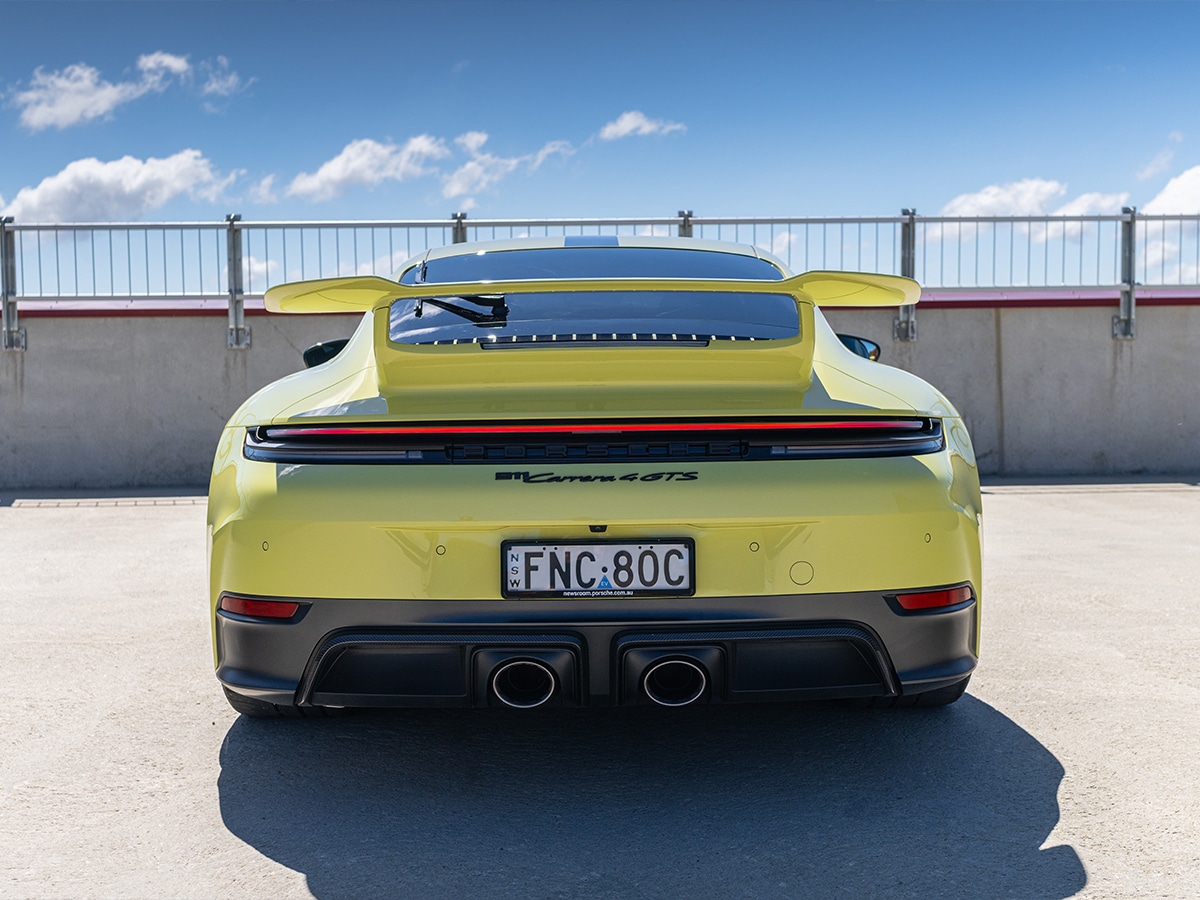
How Much is the New Porsche 911 Carrera GTS T-Hybrid?
Prices for the updated Porsche 911 Carrera Coupé start at AUD$279,400 plus on-road costs in Australia. The 911 Carrera GTS Coupé that we’re focused on in this review article is priced from AUD$380,100 plus on-road costs in rear-wheel drive specification (+$26,400) and AUD$400,200 plus on-road costs for the Carrera 4 GTS Coupé.
If you want a manual Porsche 911 Carrera Coupé then you need to check out the Porsche 911 Carrera T Coupé, which is priced from AUD$306,800 plus on-road costs. Alternatively, jump into the big leagues with the Porsche 911 Carrera GT3, which is priced from AUD$446,700 plus on-road costs.
The full list of pricing for the new 992.2 Porsche 911 Carrera line-up is as follows:
- 911 Carrera Coupé – from AUD$279,400*
- 911 Carrera Cabriolet – from AUD$303,800*
- 911 Carrera T Coupé – from AUD$306,800*
- 911 Carrera S Coupé – from AUD$342,700*
- 911 Carrera S Cabriolet – from AUD$365,400*
- 911 Carrera GTS Coupé – from AUD$380,100*
- 911 Carrera 4 GTS Coupé – from AUD$400,200*
- 911 Carrera GTS Cabriolet – from AUD$417,400*
- 911 Carrera 4 GTS Cabriolet – from AUD$437,900*
- 911 Targa 4 GTS – from AUD$437,900*
- 911 Carrera GT3 – from AUD$446,700*
*Prices listed are the recommended retail price before statutory on-road and dealer delivery charges.
We’ll also note that variants in Australia will get more standard features compared to other markets around the world, these include:
- Tyre fit set
- Windscreen with Grey top tint
- Up to the Dreams exterior colour range
- Power steering Plus (No-Cost Option)
- Surround View with Active Parking Support
- Lane Change Assist
- Comfort Access
- BOSE Surround Sound System
- Digital radio
Select variants will also benefit from:
- 14-way Comfort seats with memory package (911 Carrera models only)
- Rear wiper as a No-Cost Option (911 Coupé models only)
- Adaptive cruise control (911 Carrera models only)
- Adaptive cruise control as a No-Cost Option (911 Carrera GTS models only)
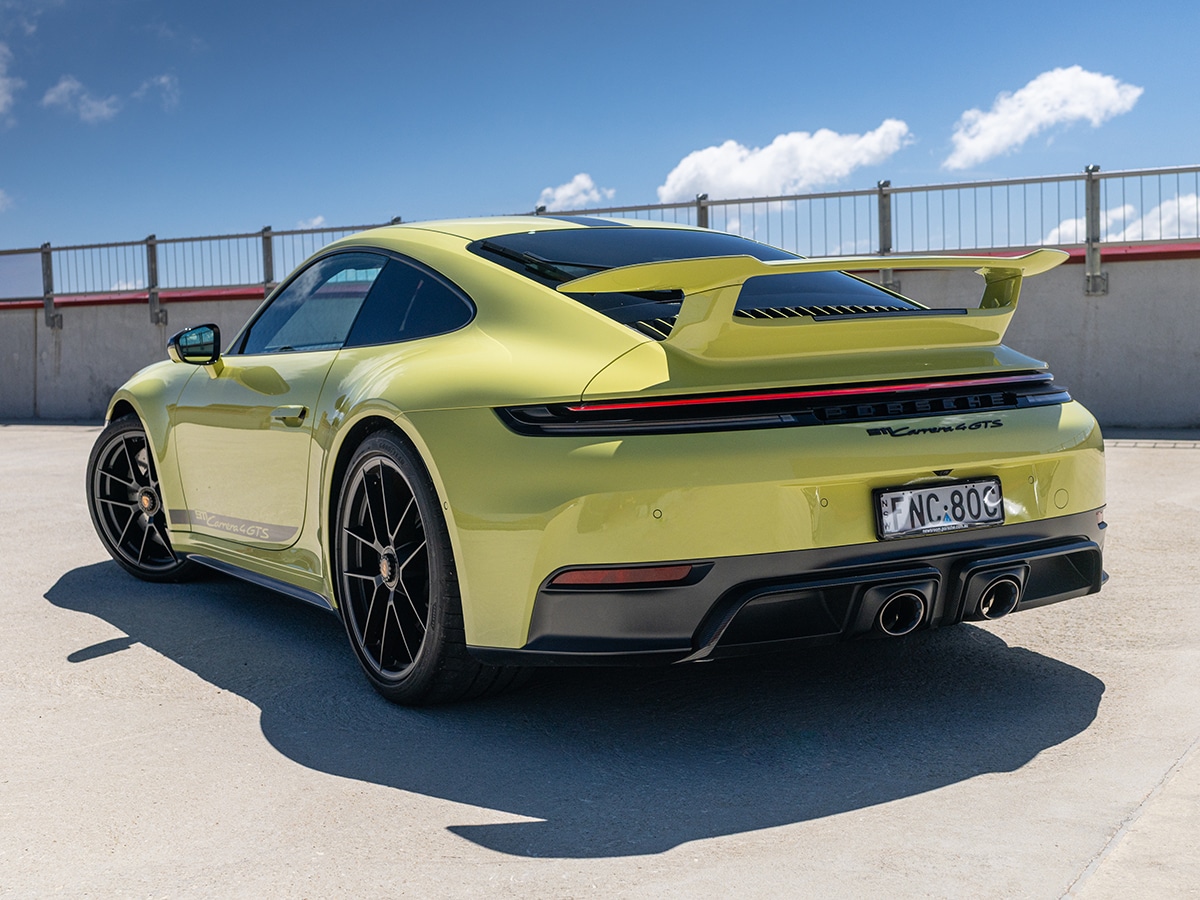
What Powers the Porsche 911 Carrera GTS T-Hybrid?
The new Porsche 911 Carrera GTS line-up is powered by a 3.6-litre six-cylinder boxer engine combined with a lightweight T-Hybrid system that includes a small 1.9 kWh battery, an electric exhaust gas turbocharger, and an electric motor integrated into the new eight-speed dual-clutch transmission (PDK).
That’s right, the twin-turbo set-up from the previous GTS model has been thrown out for a large single electric exhaust gas turbocharger that uses an integrated electric motor between the compressor and turbine wheel to quickly bring the turbocharger on boost. This electric turbo can provide 11 kW of power. However, the second (and more powerful) electric motor integrated into the new 8-speed PDK gearbox provides a more significant power increase of up to 40 kW and 150 Nm of torque. Still, this is not a ‘Plug-in Hybrid’ vehicle as it continues to focus on a performance driving experience with no claimed ‘all-electric range’ from the 1.9 kWh battery.
Power figures for the new hybrid 911 are up significantly, the boxer engine delivers 357 kW (485 PS) and 570 Nm of torque before it combines with the electric motors for a total system output of 398 kW (541 PS) and 610 Nm. This allows the Porsche 911 Carrera GTS Coupé to accelerate from 0 to 100 km/h in 3.0 seconds before reaching a top speed of 312 km/h. Interestingly, Porsche claims the same 0-100km/h time for the Carrera GTS Coupé and Carrera 4 GTS Coupé.
The GTS model is superior, but if you’re not fussed about the substantial power increase and the hybrid technology, the standard Porsche 911 Coupé now uses a lightly modified 3.0-litre twin-turbo engine that is more powerful than its predecessors and produces 290 kW (394 PS) and 450 Nm of torque. It’s taken the intercooler from the previous-gen Turbo models and the turbochargers from the GTS models to get to that figure, and the 0 to 100 km/h time has improved to 4.1 seconds (3.9 seconds with the Sport Chrono package) and the top speed is capped at 294 km/h.
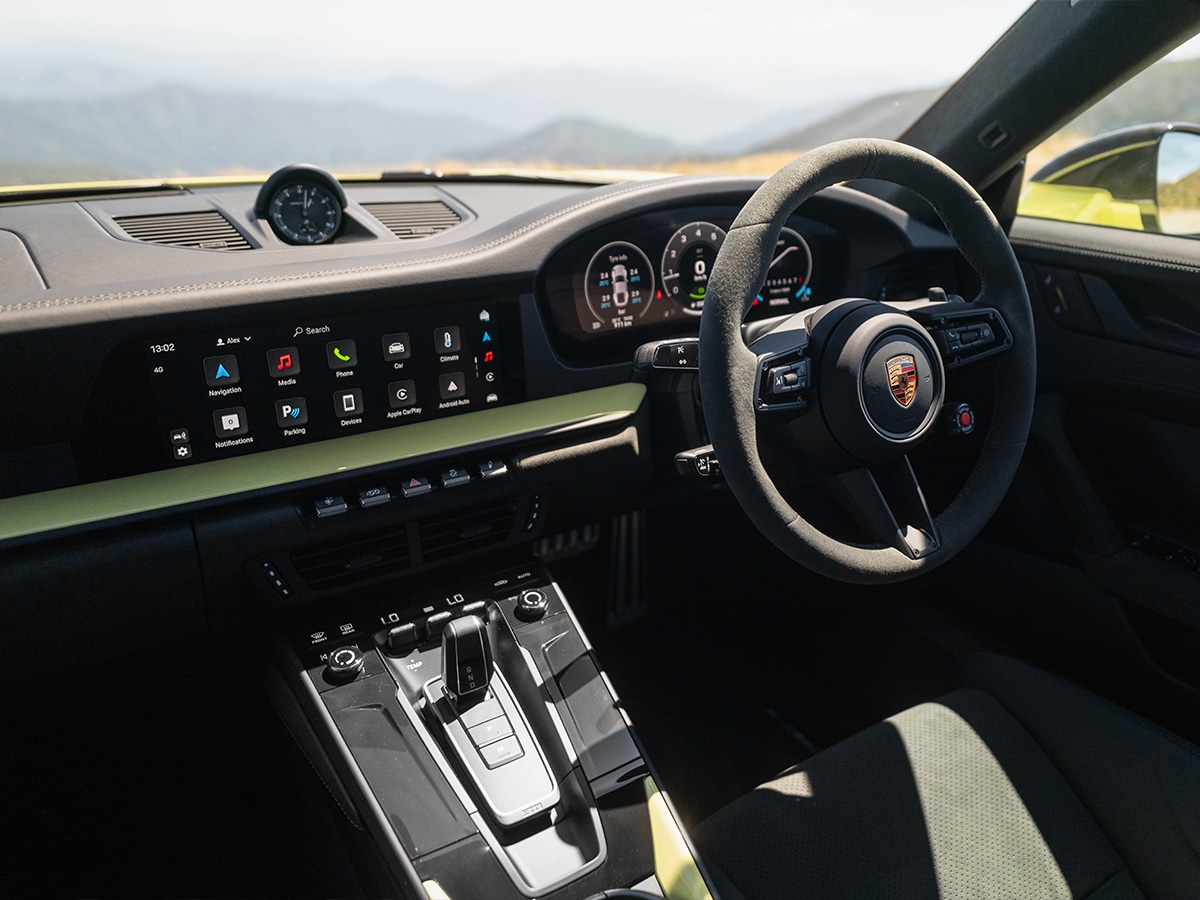
What’s the Interior of the Porsche 911 Carrera GTS Coupé Like?
- New 911 generation comes with a fully digital instrument cluster for the first time
- Features a 12.6-inch curved display with customisable layout options
- Updated Porsche Communication Management (PCM) system runs on a 10.9-inch central display
- Retains a classic 911 feel with modern tech enhancements, blending analogue and digital elements
- Optional features include Porsche Driver Experience, offering advanced driver assistance systems
You’ll notice the changes inside this new model are mostly evolutionary, but we prefer it that way. There’s a standard driving mode switch on the steering wheel, a revised driver assistance lever, a cooled 15-watt wireless charger inside the glovebox for your smartphone, and a push-start button, which makes its debut in a 911 model.
Technology has also increased, and this is the first time we’ve seen a fully digital instrument cluster in a Carrera. No longer do you have that analogue RPM gauge staring at you. Instead, you get the same curved 12.6-inch driver’s display from the new Cayenne, Macan, Panamera, and Taycan. It’s customisable in seven different ways and remains one of our favourites on the market, but there’s no doubt it will take some time for Porsche enthusiasts to get used to this change.
I was glad to see the centrally-mounted 10.9-inch screen with Apple CarPlay and Android Auto hasn’t ballooned into an oversized tablet-style display, and the Porsche Communication Management (PCM) system is still operated via a similar high-resolution central display. Finally, you can watch and stream videos to the display while parked, which is handy.
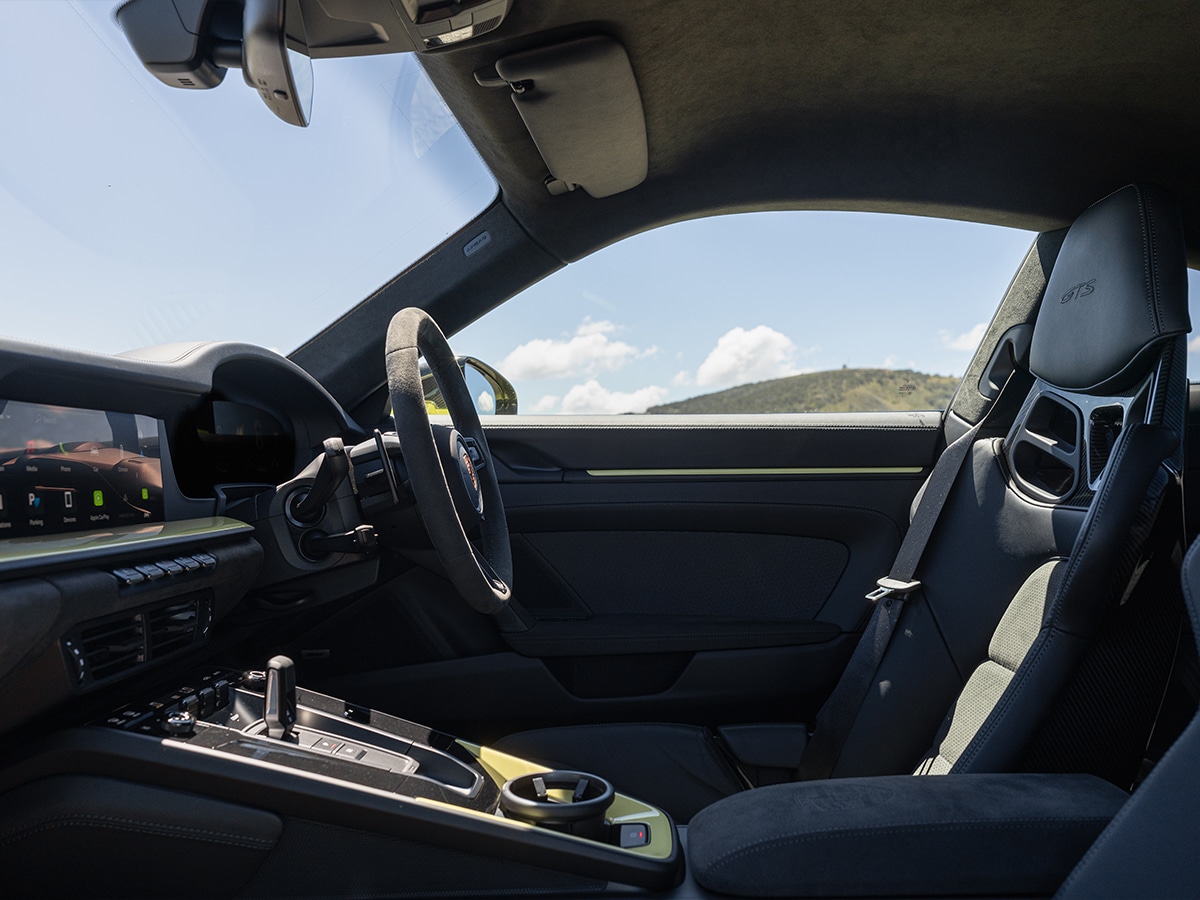
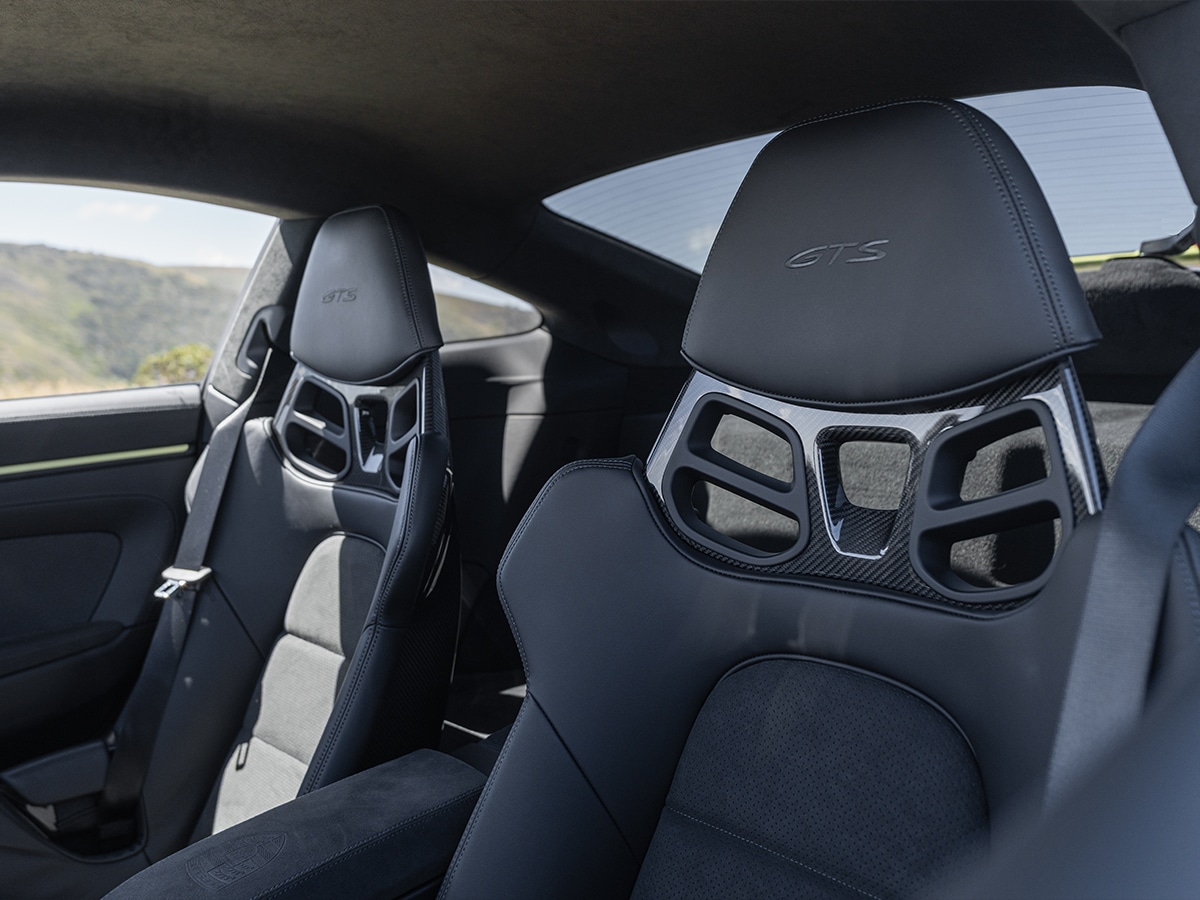
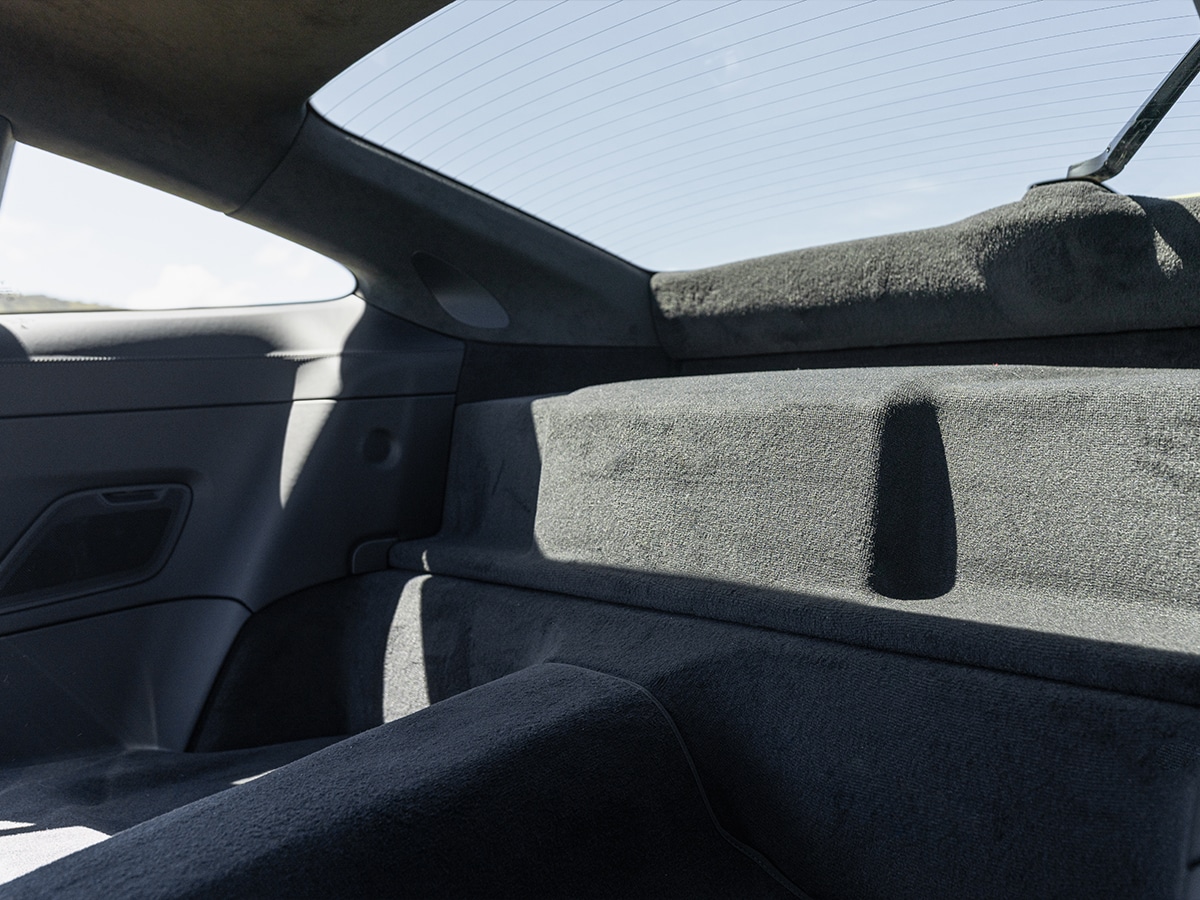
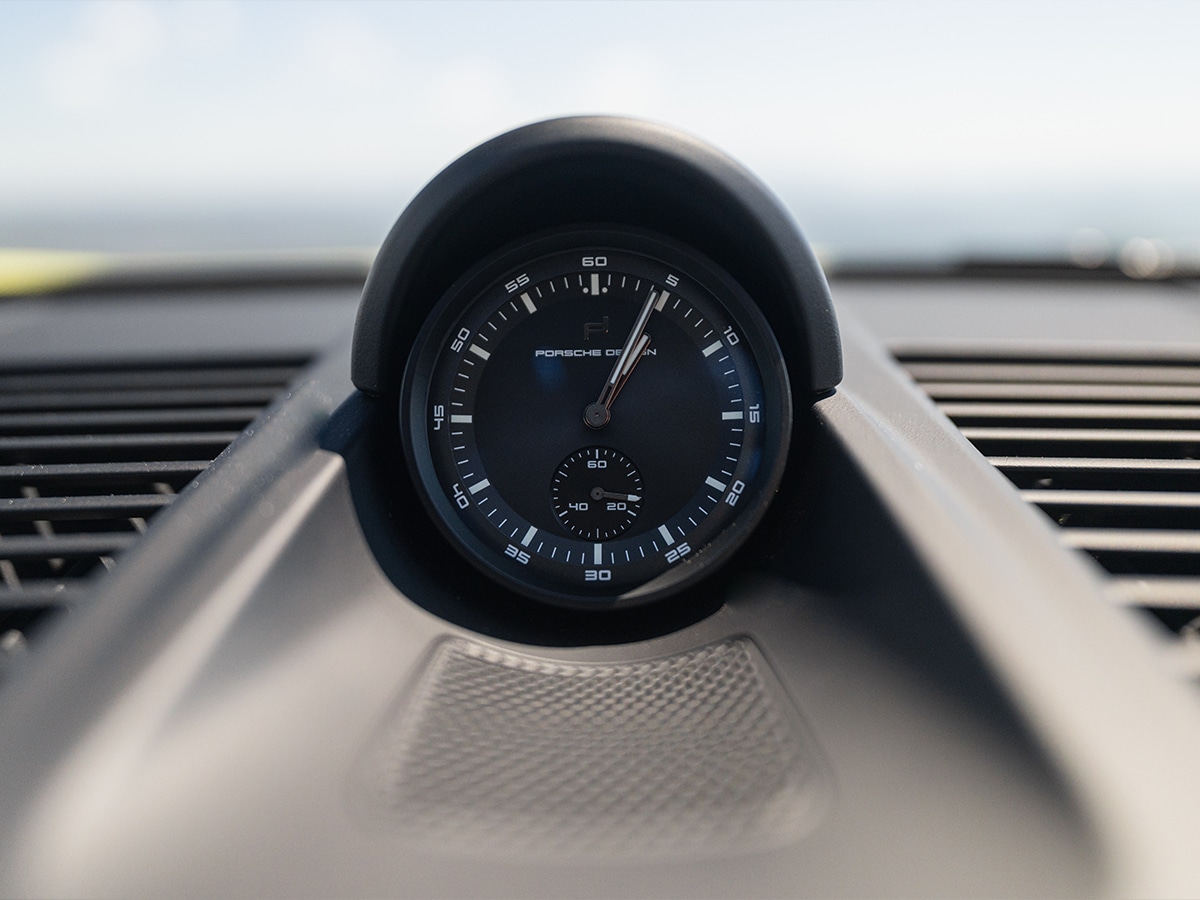
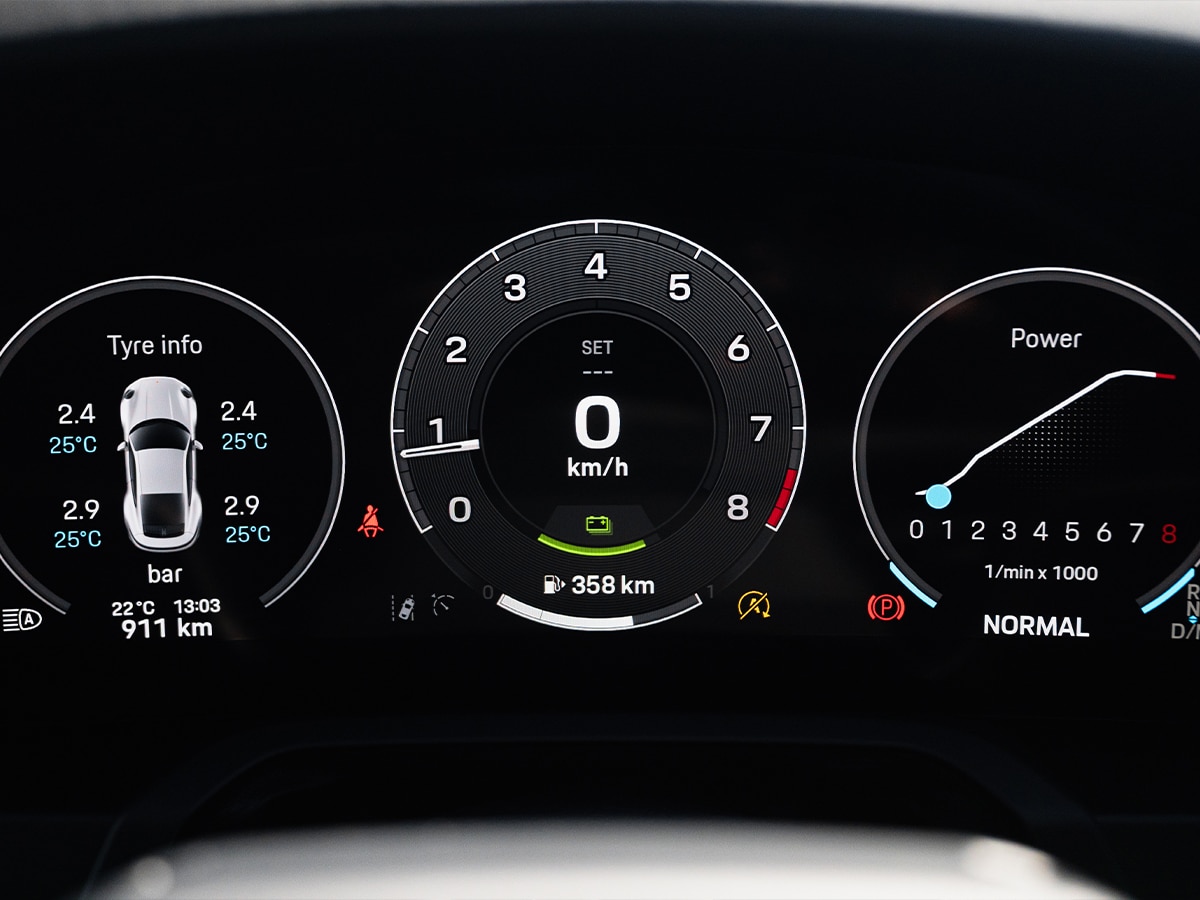
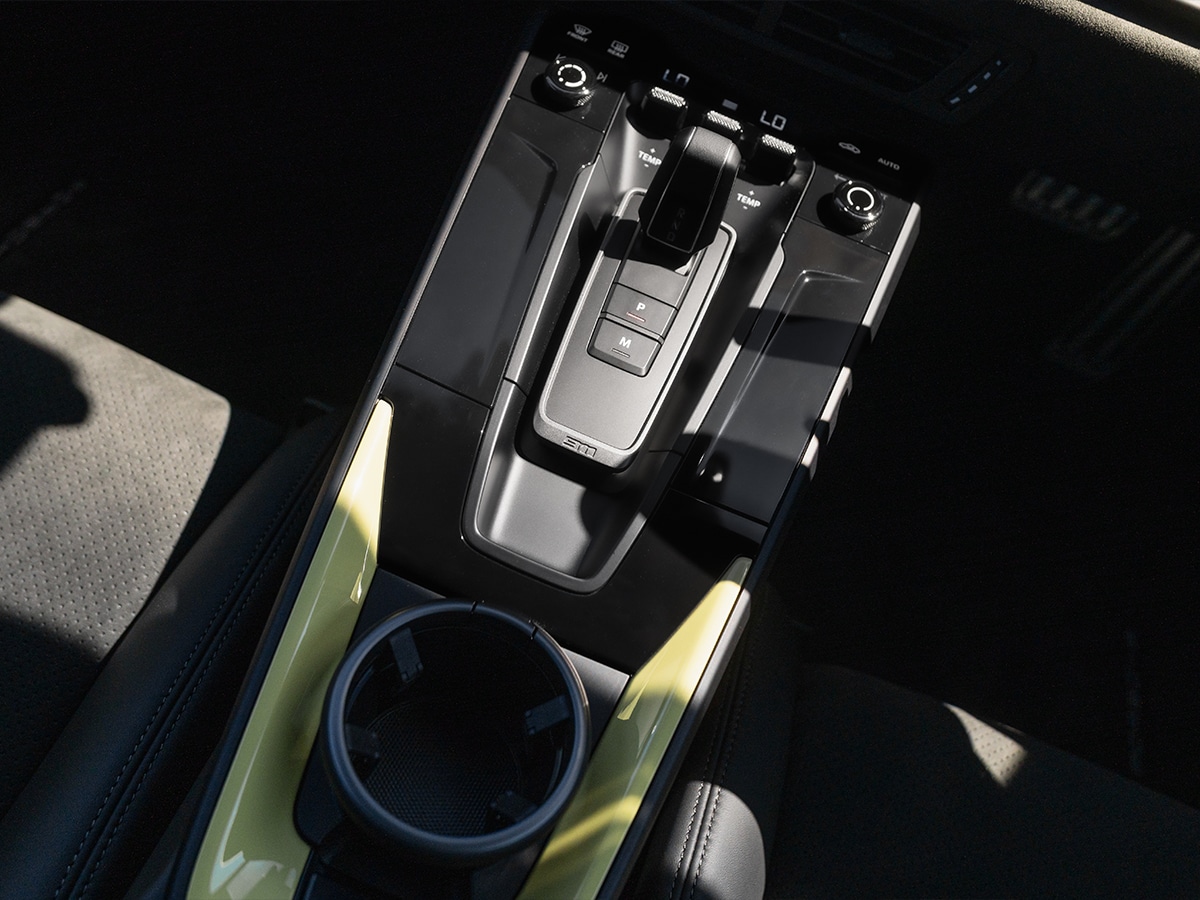
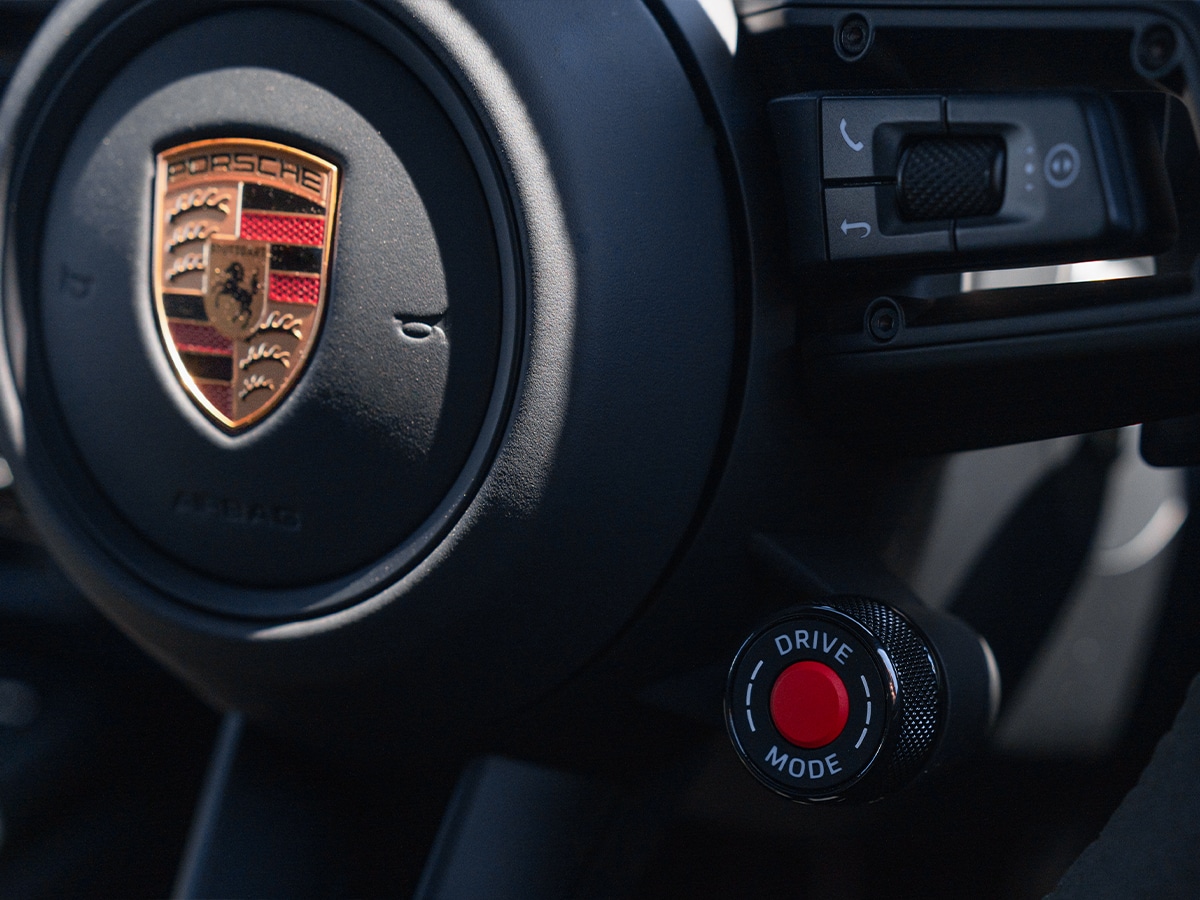
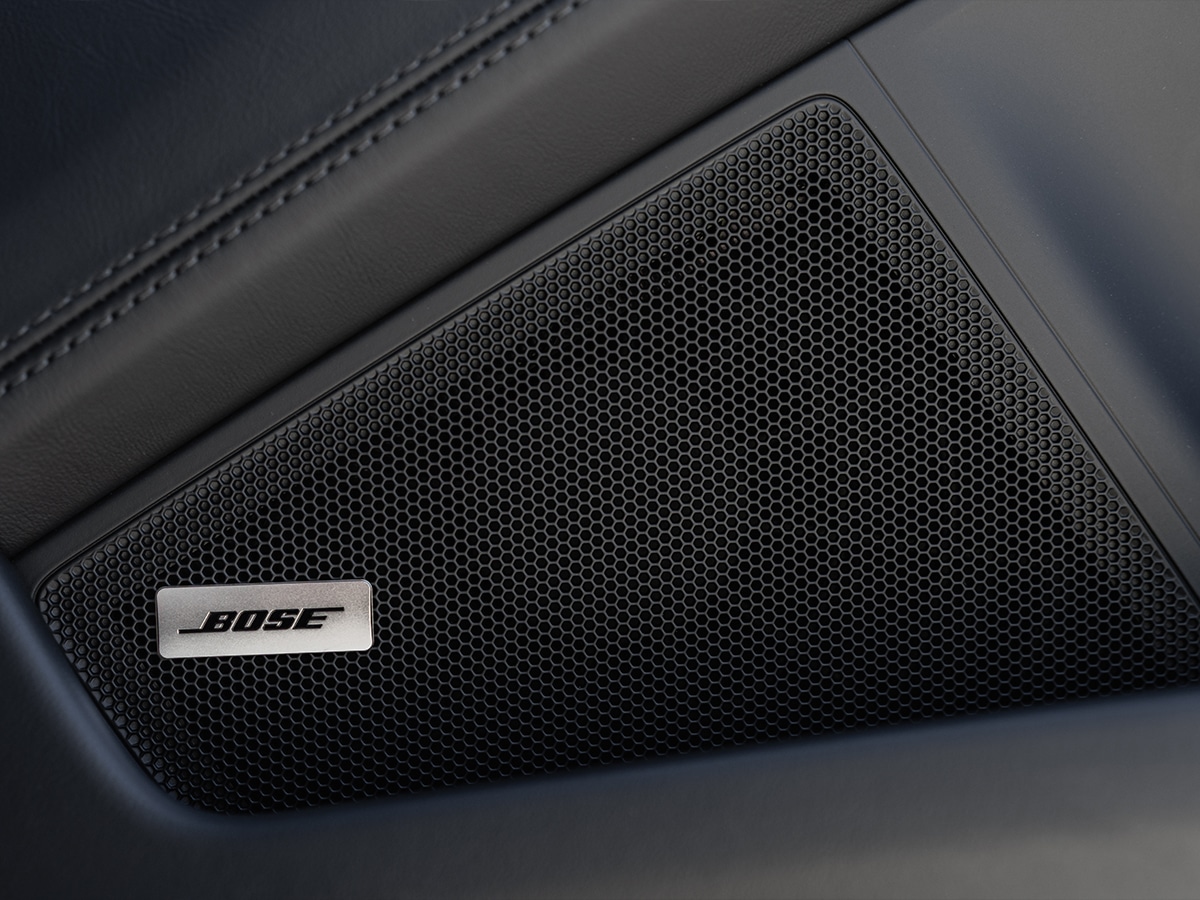
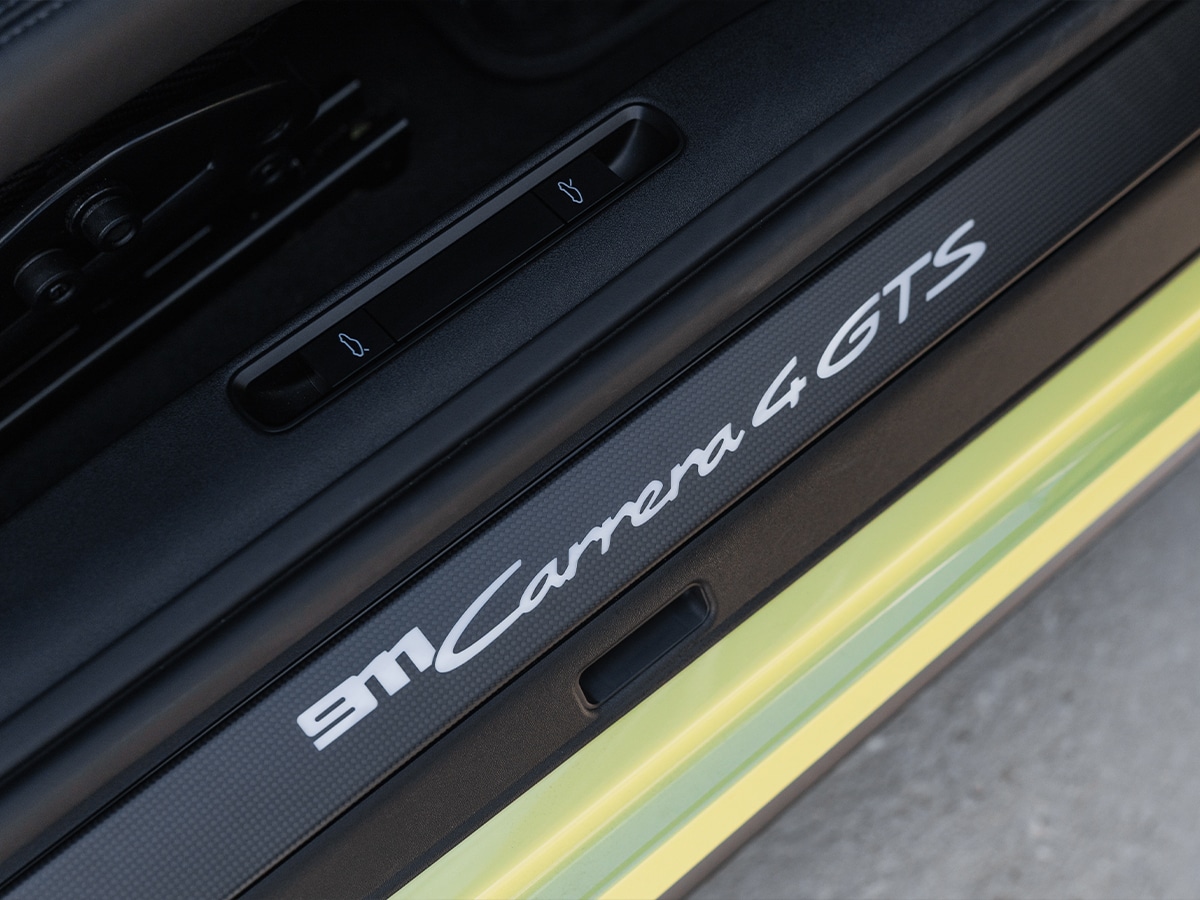
The car in the images used throughout this article is equipped with a host of optional equipment, and that continues on the inside of the car where you’ll find:
- Race-Tex interior package (with extensive items in leather) – $0
- Full bucket seats – $11,250
- Porsche Design Subsecond clock – $2,110
- Privacy glass – $1,150
- Interior package painted in exterior colour – $0
- PDK gear selector in Aluminium – $1,270
- Bespoke vehicle keys painted with case – $1,550
- Pedals in Aluminium – $720
- Door sill guards in Carbon matt and illuminated – $2,120
- Porsche crest on storage compartment lid in Race-Tex – $500
Ultimately, these features only add together to create a car that maintains all of the daily driver goodness we love from a Porsche 911 Carrera. It’s a comfortable place to sit for daily driving (skip the buckets if you’re) and if you want there’s a choice to “trackify” the car with Race-Tex and carbon everything. I could do without the excessive technology, and an analogue tachometer, but they don’t detract from the driving experience in any serious way, and you’ll certainly learn to live without them.
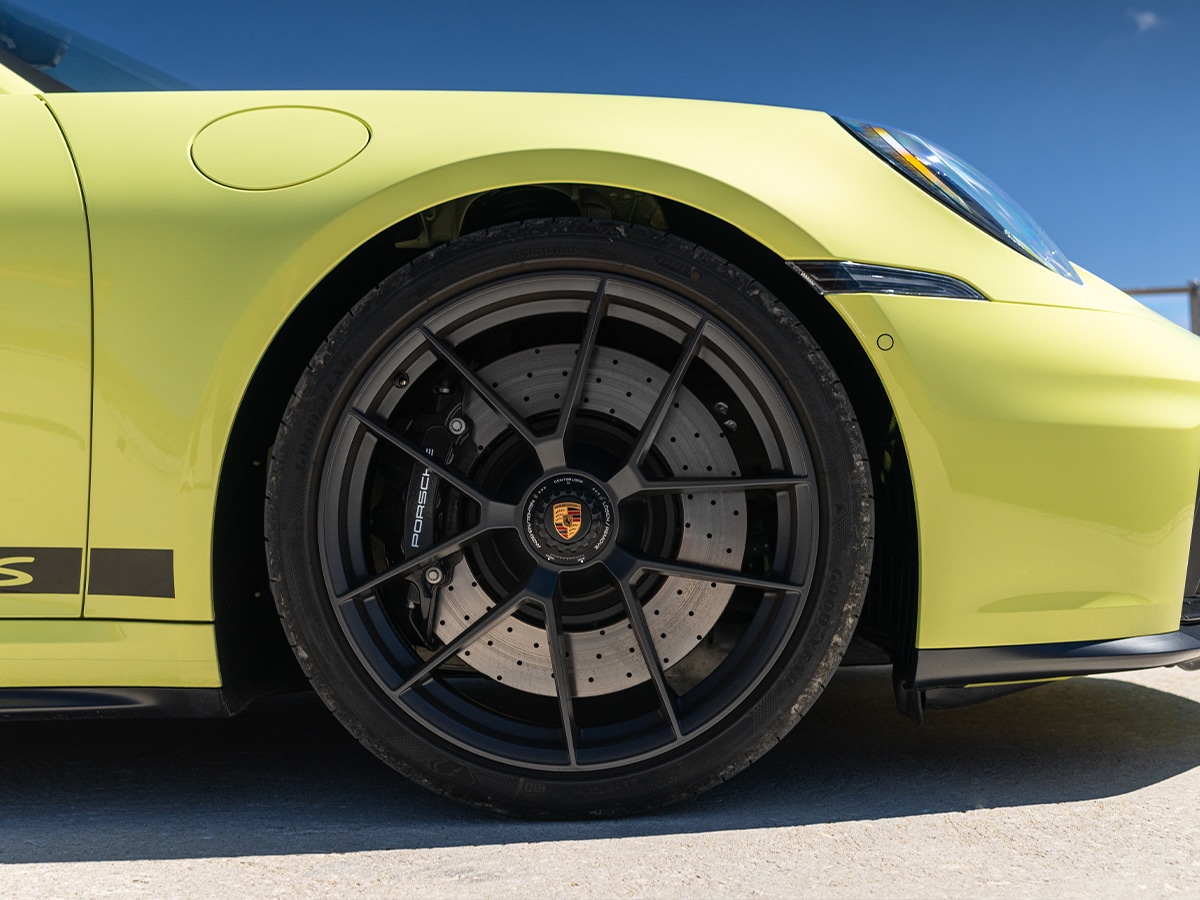
What’s Changed on the Exterior of the 911 Carrera GTS T-Hybrid?
- New front-end styling with active cooling air flaps and adaptive front diffusers
- Optimised aerodynamics with integrated air outlets and improved airflow efficiency
- Standard matrix LED headlights, with optional HD Matrix LED offering over 32,000 light points
- Revised rear section with a redesigned light strip, louvres, and integrated number plate holder
- Exclusive GTS-specific wheels, badging, and blacked-out trim elements
Looking around the exterior of the new Porsche 911 you now get matrix LED headlights as standard, but we’re more interested in the redesigned light strip. You’ll notice the brand has added an integrated ‘PORSCHE’ logo and redesigned the rear grille with five fins per side, complemented by a retractable spoiler. If you like the look of the fixed wing, you can choose the aero kit package for the 911 Carrera GTS for $5,700.
Speaking of the exterior design, you’re probably wondering about those five vertically arranged vents. They’re standard on the front bumper of the GTS model, and we’re pleased to say that they have a function, acting as cooling air flaps, which are further complemented by an adaptive front diffuser in the underbody to direct the airflow as required. For example, when power requirements are minimal the flaps are closed to optimise aerodynamics, and when you need maximum attack, the flaps direct large amounts of air to the radiators.
The exterior design is rounded out by your choice of seven 19-/20-inch or 20-/21-inch wheel designs. Those seeking maximum performance can choose Exclusive Design wheels with carbon blades that reduce the drag coefficient and increase efficiency.
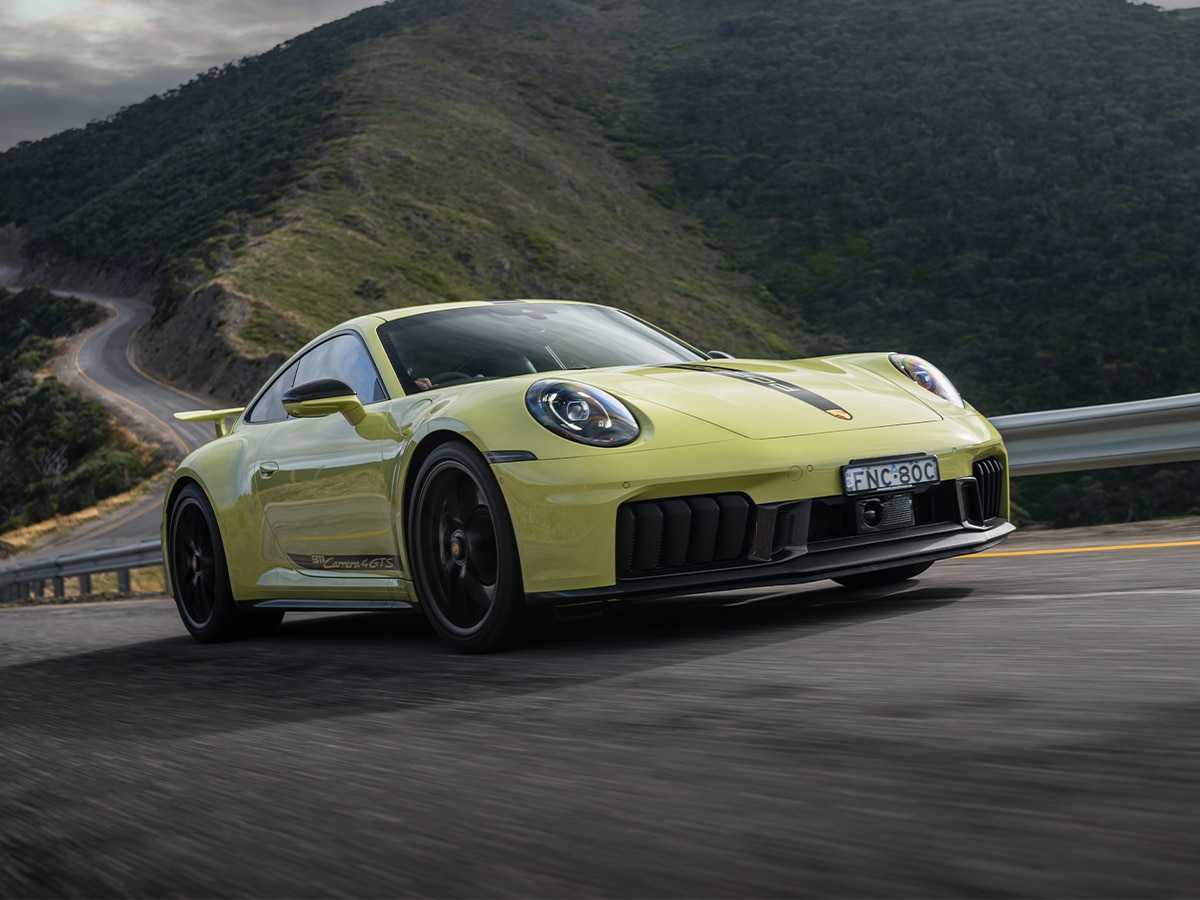
How Does the Porsche 911 Carrera GTS T-Hybrid Drive?
- 0–100 km/h in 3.0 seconds—0.4 seconds faster than the previous model
- Top speed of 312 km/h
- Hybrid powertrain enhances throttle response, especially in low-end torque delivery
- Electric turbocharger eliminates lag and improves efficiency
- Weight-neutral hybrid setup thanks to compact battery and integration—no performance penalties.
- Features rear-axle steering and PASM sports suspension for sharper handling
- Offers a dynamic yet composed ride, maintaining the 911’s iconic driving feel
Porsche hosted us at one of the best racetracks in Australia, Philip Island, to experience the new Porsche 911 Carrera GTS T-Hybrid on the road and the track. Our testing included launching the new Porsche 911 Carrera 4 GTS against the previous-generation model, a skid pan session in the base-model Carrera, and multiple track laps in both the Carrera GTS Coupé and Carrera Coupé.
It was a unique chance to sample the new against the old, and this is something that a few brands would be confident in doing, but this is Porsche we’re talking about.
I’ll focus on the T-Hybrid equipped GTS RWD model for this review as I spent most of my time behind the wheel of this car. However, I’m probably one of the few people in the world who’s had a chance to test the base-model Carrera against the GTS T-Hybrid on track so I’ll spend some time talking about the difference here too.
Let’s talk about the changes underneath the Porsche 911 Carrera GTS first because it gets a host of equipment as standard above and beyond what you’ll find on the base-model Carrera. It receives an advanced Porsche Dynamic Chassis Control (PDCC) anti-roll stabilisation system that’s integrated into the 400V high-voltage system of the hybrid model so it works in lightspeed. This is joined by the standard rear-axle steering, which aids in turn-in and mid-corner stability, and stiffer front and rear axle spring rates to better manage the 75kg of added weight of the hybrid system.
You’ll also find standard centre-lock alloy wheels (20-inch at the front axle, 21-inch at the rear) and sticky Goodyear tyres that have been developed for this model.
Brakes are 6-piston Aluminium monobloc fixed calipers in steel measuring 408mm in front. These were developed for the 911 Turbo, so there’s more than enough stopping power for weekend duties. However, if you’re planning on taking the car to the track, carbon-ceramic brakes are optional with massive 420mm front rotors matched by 10-piston calipers.
I spent most of my time on the track in Sport+ mode where the body motions are even sharper than before thanks to the aforementioned advanced Porsche Dynamic Chassis Control (PDCC). Meanwhile, the overall driver feedback from the chassis is not compromised, and I dare day the front axle, steering, and inputs are closer to the brands GT products than I ever though possible from a Carrera.
The T-Hybrid system means the power delivery is incredibly linear. This is particularly obvious in slower corners or the track where I kept the GTS a gear higher than I did in the base-model Carrera. Even low in the RPMs, power is always there. It’s unlike anything we’ve experienced in a turbocharged 911 before, and this is made even better on the street where turbo-lag is almost completely eliminated.
Has it ruined the 911 purity? Absolutely not. You cannot tell that the car is hybrid in any way, bar a little high-pitched induction sound from the electric turbo.
Sound-wise, the engine doesn’t have the intense turbo spool from the previous GTS twin-turbo set-up, but I actually prefer the new throatiness that reminds me of the old-school air-cooled models.
Negatives, well, it’s a tad heavier than I expected through the nose on turn-in, but compared to the 2-tonne monsters that seem to be more and more commonplace today, it feels featherweight. The quoted unladen weight of the Carrera GTS Coupé I drove on track is 1,595kg, which is significantly lighter than something like a 2025 BMW M2 (1,730kg) and you can tell. Sub-1,600kgs remains the magic number.
To sum up the driving experience, it’s a 911 Carrera that’s been elevated in every way. Yeah, it’s a tad heavier than before, but good luck getting away from a new GTS on mountain roads. There’s a reason why motoring writers like me spend so much time waxing poetically about Porsches, they’re the benchmark for a reason, and they have been for decades.
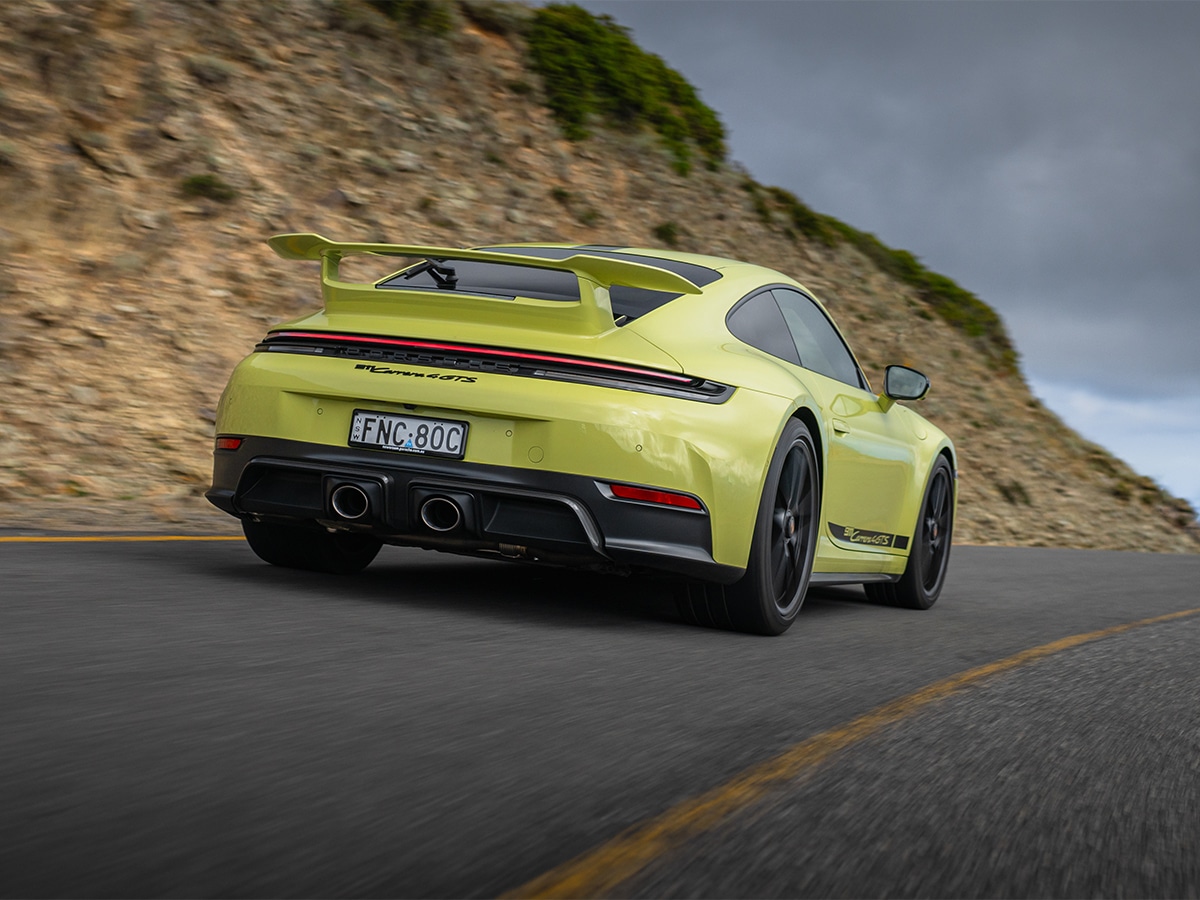
What is the 911 Carrera GTS Coupé Warranty Like, and How Much Does it Cost to Run?
The new Porsche 911 Carrera GTS is covered by a three-year, unlimited-kilometre warranty. This can be extended for 12, 24 or 48 month terms at cost (up to a maximum of 15 years) and this can actually increase the value of your car when it comes time to sell it.
The new 911 has service intervals of 12 months or 15,000km (whichever comes first) and the paint is covered for 3-years with a rust warranty for 12 years.
When it comes time to service the car, we recommend contracting your dealer as costs vary. However, according to the literature, a standard service could cost around $699 and and up to $2,800 for a major service.
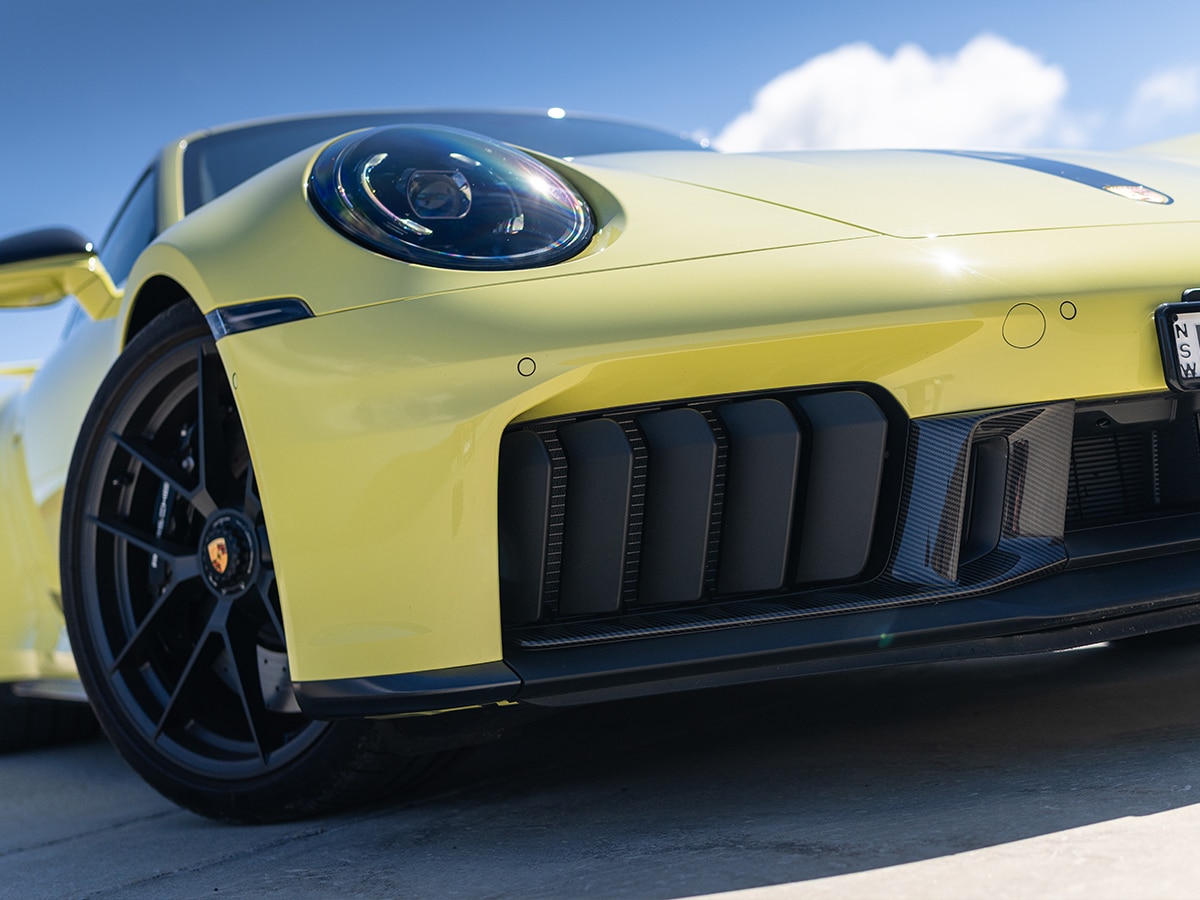
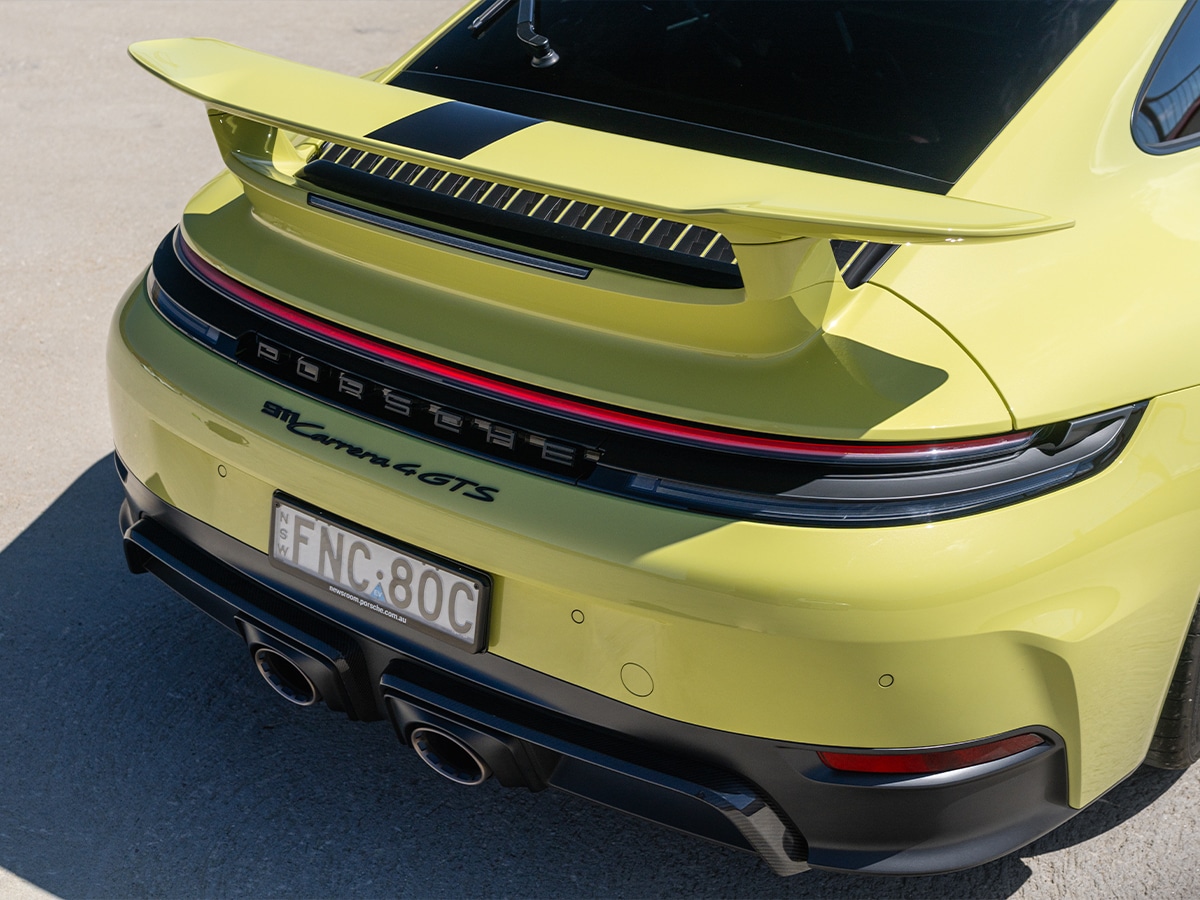
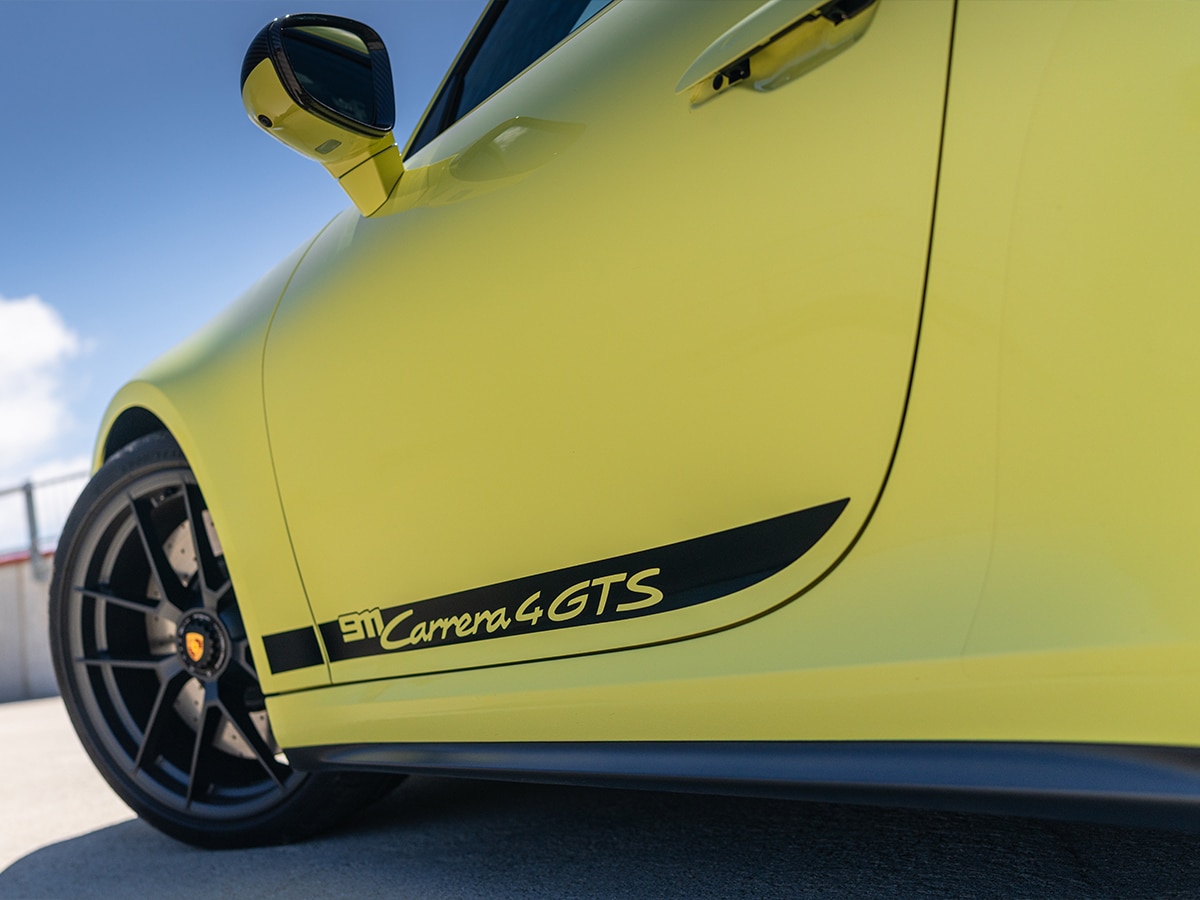
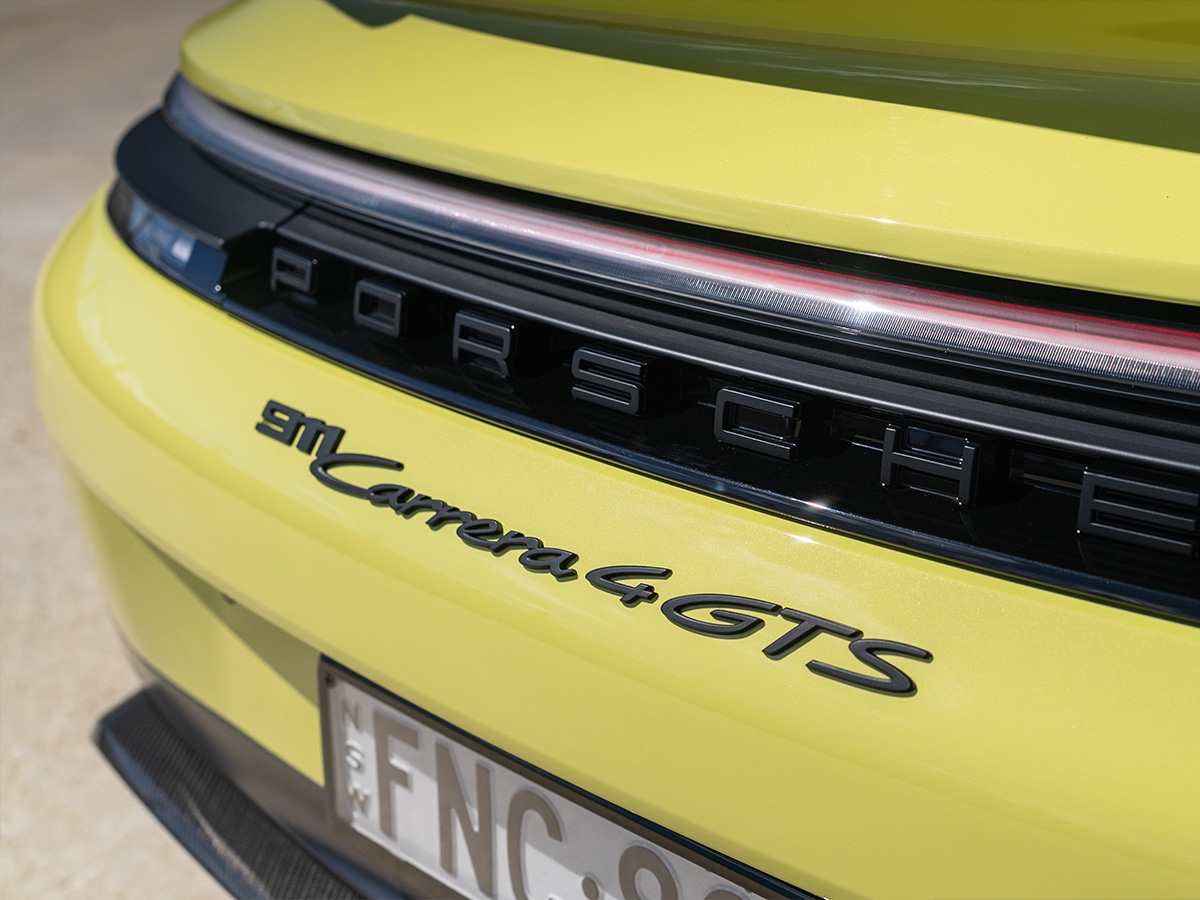
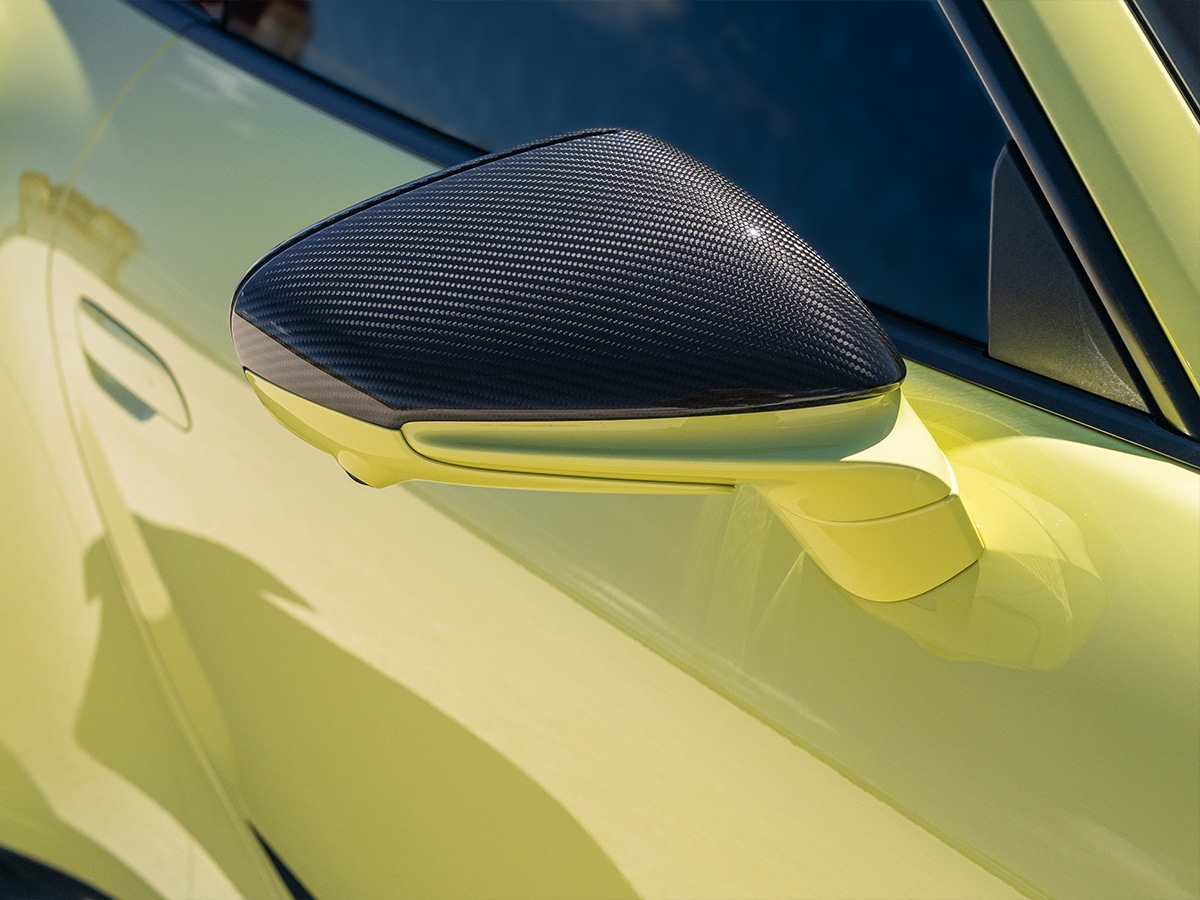
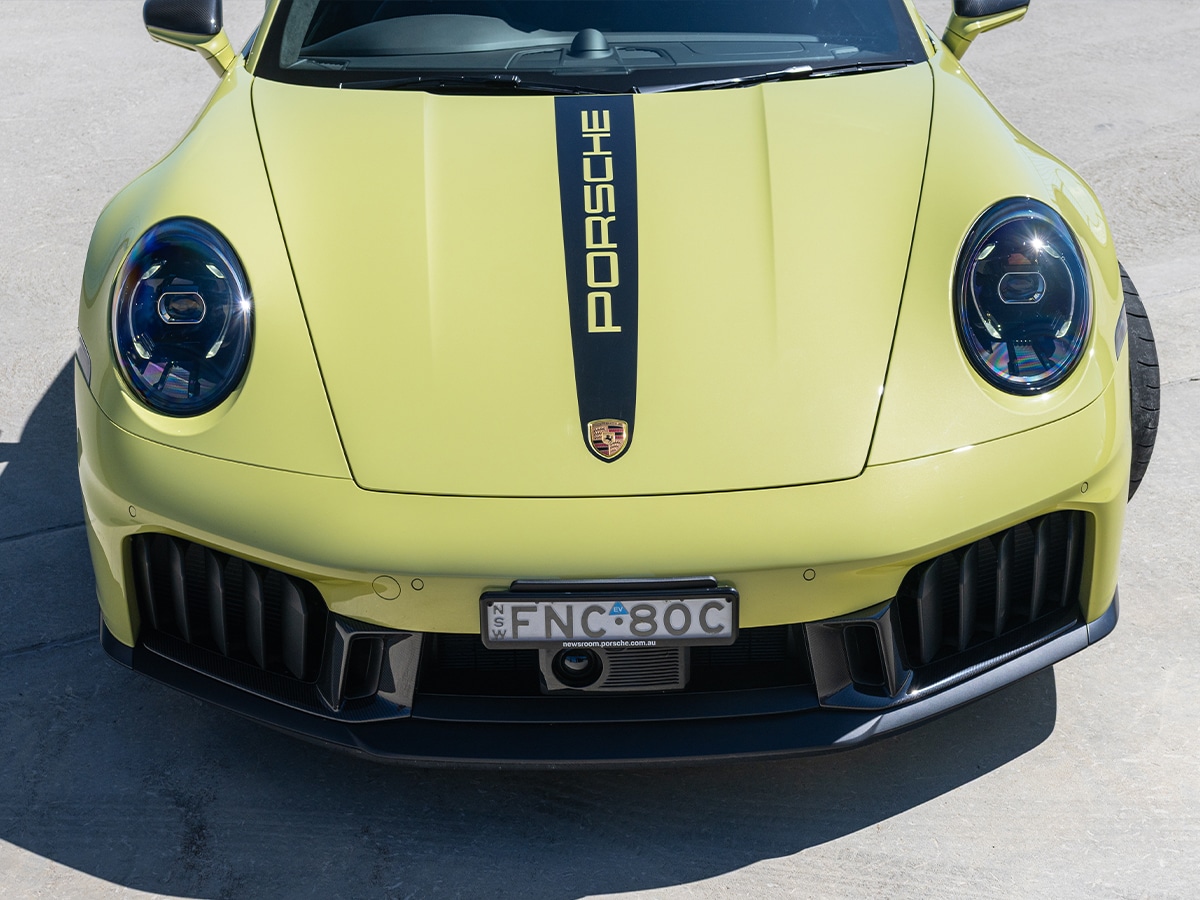
Man of Many’s Verdict on the Porsche 911 Carrera GTS T-Hybrid
- The T-Hybrid system signals a new era for the 911—blending heritage with innovation
- Porsche has managed to integrate hybrid tech without compromising performance or purity
- Enhanced acceleration and throttle response make it feel more alive than ever
- Subtle styling tweaks keep the design fresh but familiar
- An evolutionary step that proves the 911’s future can still be thrilling—even with electrification
- For purists and progressives alike, this is the most compelling GTS yet
The new Porsche 911 Carrera GTS T-Hybrid is what happens when you take a near-perfect formula and turn it up a degree without too much fuss. It’s the best hybrid performance car that we’ve driven, and while the fuel savings, impact to the environment and the rest aren’t going to be as strong as a PHEV, that would jeopardise the 911 marque, and we wouldn’t want that.
Technically-speaking, the steering, suspension, and brakes, are still top of the call, and the power delivery is seamless to the point that you wouldn’t even realise it was a hybrid vehicle.
Once again, it seems like we’re only here to wipe Porsche’s backside, but there’s a reason this has been the benchmark for sportscar for decades. It’s expensive (very) and the price increase is tough to stomach, but this is one of the best sportscars on the market, and with some more time to experience it on the street in the real world, it might even take the crown as the best.
You’ll also like:








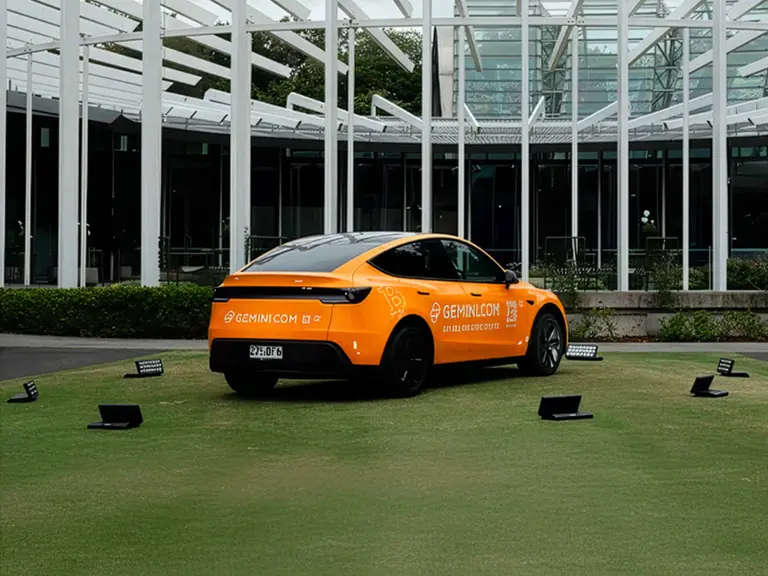
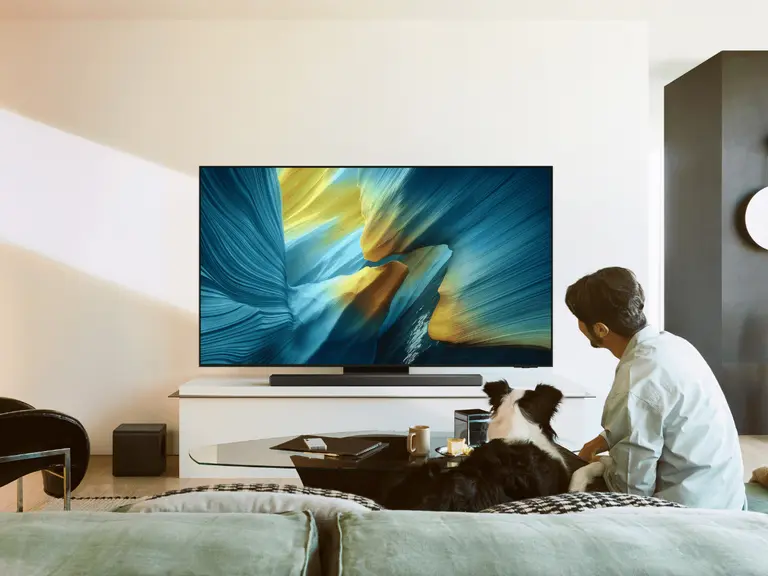



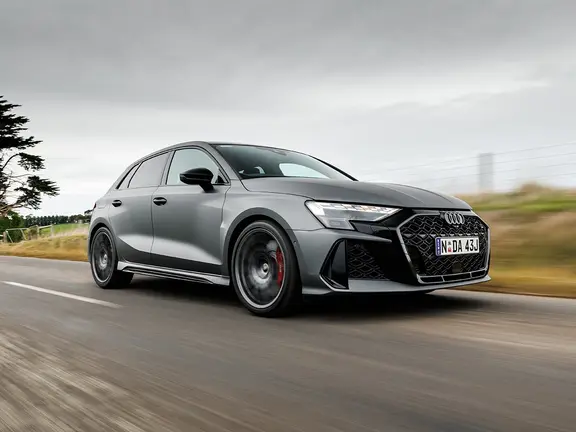



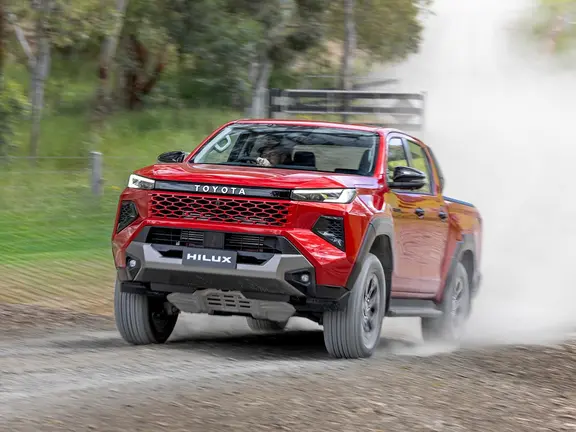
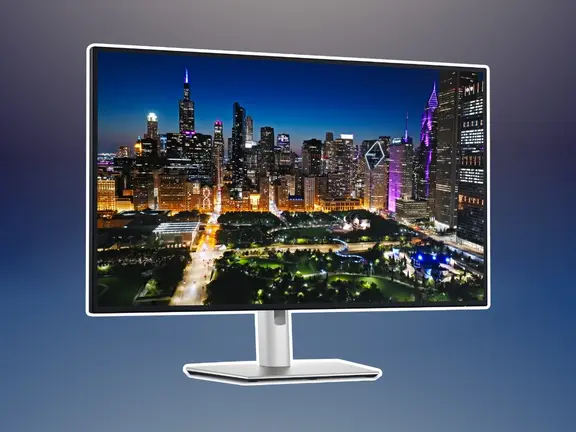






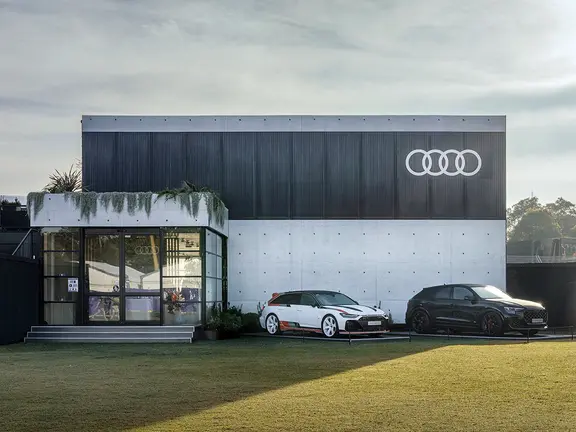




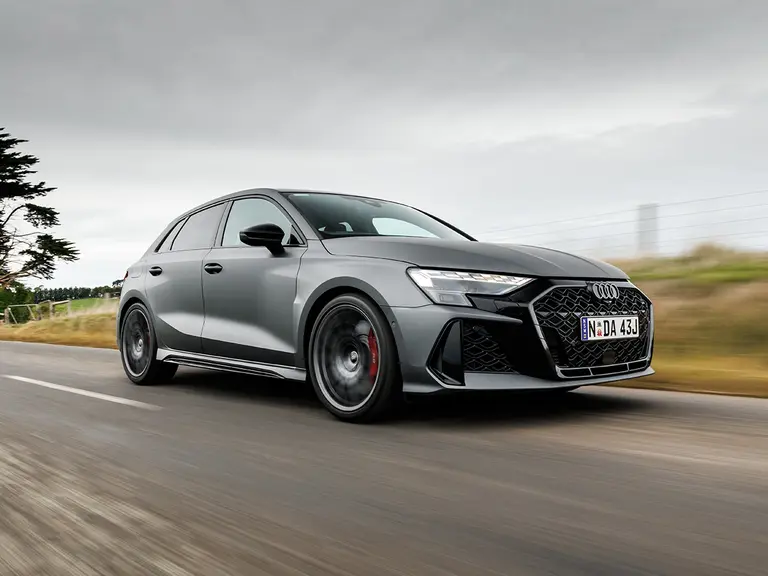
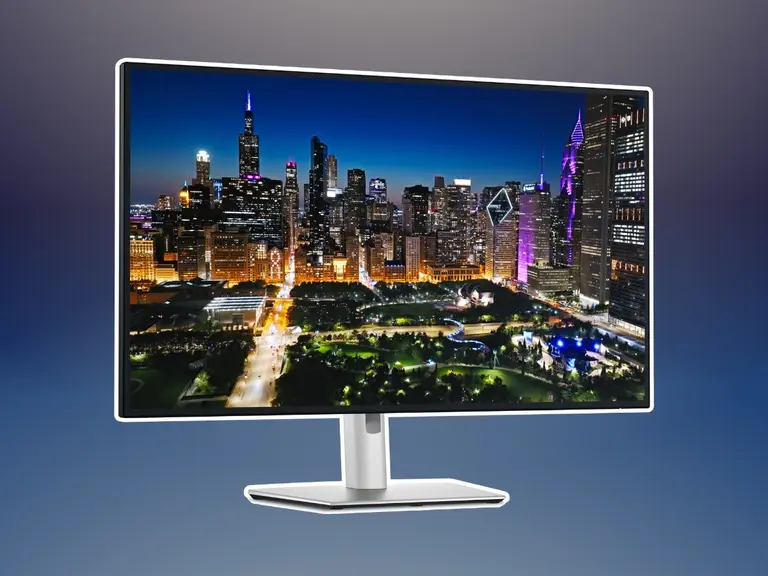
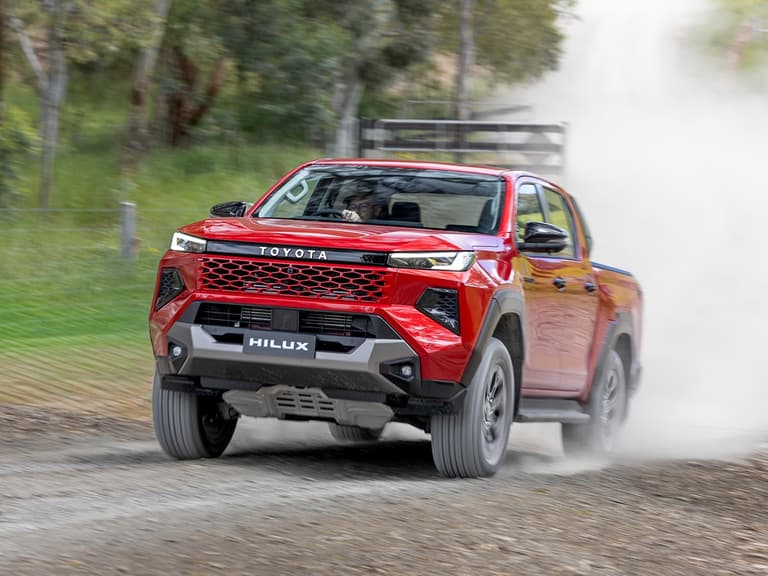
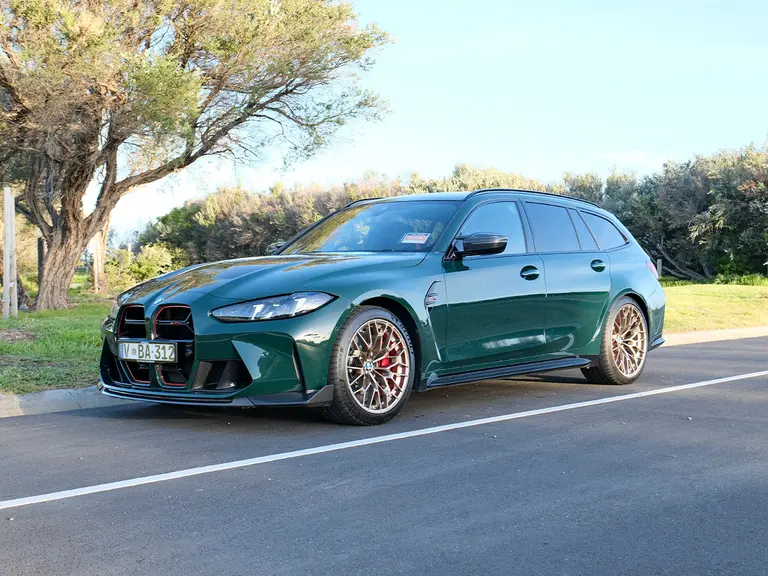
Comments
We love hearing from you. or to leave a comment.